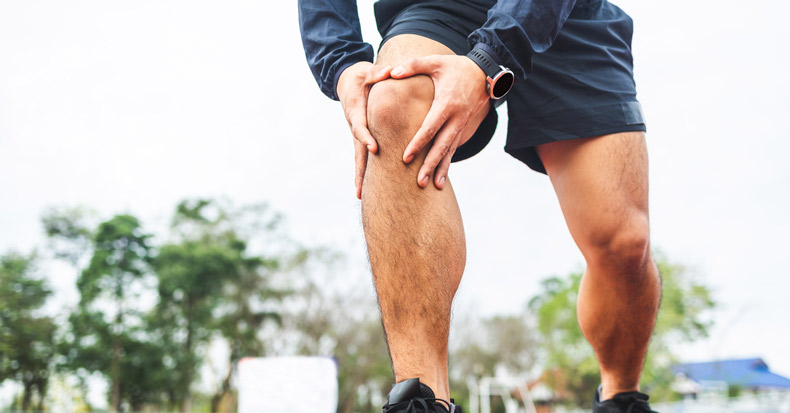The anterior cruciate ligament (ACL) is a ligament situated in the knee joint that firmly connects the femur to the tibia, providing stability when flexing and extending the knee. The ligament can tear when the knee experiences excessive stress or trauma, such as a direct impact, incorrect landing from a jump or fall, sudden deceleration, or a sudden directional change. In cases of a complete tear, surgical repair is often advised; however, there’s less support for surgery as a first-line intervention in the case of a partial ACL tear. What non-surgical options can chiropractic offer a patient with a partial ACL tear?
It’s essential to understand that while the ACL can heal, the prognosis depends on several factors such as the degree of the tear (more is worse), the location of the tear (middle is worse), the patient’s age and overall health (younger and healthier is better), and the activity level of the individual (a highly physical demanding lifestyle may increase risk for further injury). A professional athlete with a severe tear sustained during a game or match may be more likely to benefit from surgical repair while a less active individual with a slight tear may elect for conservative treatment.
In the acute phase of injury, the patient is advised to rest and avoid activities that place stress on the knee, use ice to control swelling and pain, compress the knee with a wrap or brace to provide support, and elevate the leg to reduce fluid buildup. From this point, non-surgical management may involve bracing or taping to support the knee; physical therapy exercises to restore range of motion, strengthen the muscles around the knee, and balance/proprioception; and activity modifications. Doctors of chiropractic may also look at other aspects of the kinetic chain to identify faults that may have contributed to the added stress on the knee. This may involve looking at the feet, ankles, hips, pelvis, and lumbar spine. Manual therapies may be applied directly to the knee itself to restore normal joint movement. Patients may also be treated with electronic stimulation, cold laser, or other modalities to reduce pain and or facilitate healing.
As patients gain greater confidence in their knee, they may be advised to gradually return to exercise with low-impact activities like walking or Tai Chi. It’s estimated that up to 52% of patients with a partial ACL tear can recover via non-surgical interventions and return to their previous activities.
